Artists, they say, carry the antennae of the species. They sense things earlier and gravitate toward particular materials, forms and ideas long before they become mainstream. So the works UNLV artist-in-residence Erin Cosgrove chose for the CAC’s 24th Annual Juried Show may indicate the direction art is headed. Judging from the 27 paintings, photos and prints—selected from almost 500 international entries—that direction is away from the conceptual toward the sensual. Much of the art in the exhibition seduces the senses and then slowly unfolds its meaning.
The Details

- 24th Annual Juried Show
- Through July 6; Wednesday-Saturday, 2-7 p.m.; Sunday, 11 a.m.-3 p.m. Contemporary Arts Center, 382-3886.
Best in Show winner Alexander Solomon submitted photographs as beautiful as they are enigmatic. One of his large archival ink-jet prints, “David and the Climb Up,” depicts a fantastically eroded cliff, topped by skeletal trees, at sunrise. The white rock is mottled, almost boney, like some out-sized paleontological find. On top of this monster sits a saggy tent and tiny, impertinent flag. Although the subject lends itself to narrative interpretations of humanity’s place on a dying planet, the yellowish tinge in the soft sky and the erect flag bequeath a kind of hope. Solomon’s other work, “Wolverine,” portrays a more abstract landscape—soft, strange, implausible—as if a near-death experience had been rendered in the resplendent colors of paradise.
Although the otherworldly theme wasn’t an explicit curatorial frame, several works present the viewer with a theatrical landscape where something amazing is happening or about to happen. In the improbable “Hermes,” for example, Michael Allyn Roy paints the uncanny apparition of the Greek god sporting a shiny tunic, hovering in an impressionistic garden. The work might veer toward hobby painting were it not so self-consciously incomplete. In Eun Kwang Light Park’s slick, contrasting night photo, “Hills Will Burst Into Song Before You,” the central radiating spotlights signal in Morse code that the aliens are landing. Alisha Kerlin’s first-place winner, “Domestic Object, Gradual Setting,” positions the viewer presumably behind a pet’s head, the creature staring into a yellowy field of quantum potential.
Art’s ability to prompt viewers to use their imagination—to feel wonder, to experience amusement, to risk an unknown—is present throughout this show. In that sense, Jenne Giles’ fiber sculpture “Just Do It” symbolizes a science-ascendant world in which neuroaesthetics and neurohumanities are hot fields, and evolution is in providence of technology. Giles made a soft brain, with perfectly calibrated lobes, pillowy but firm—a sensual kind of object viewers want to touch (but can’t!). The brain seems an apt reminder that, at least for now, art makes us human.
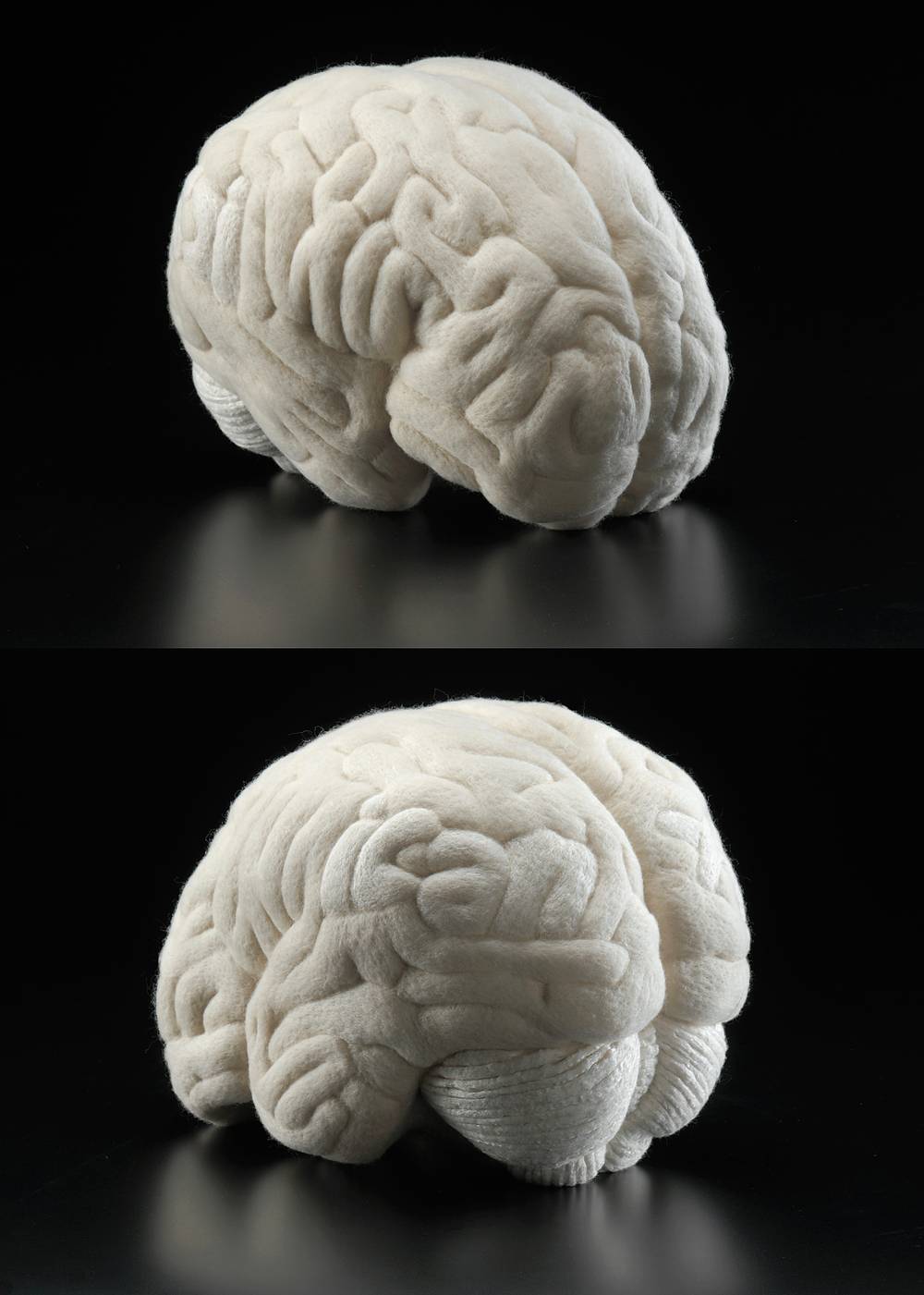
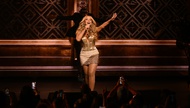
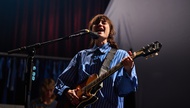


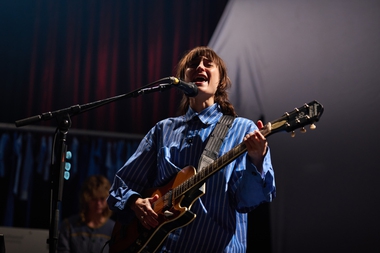
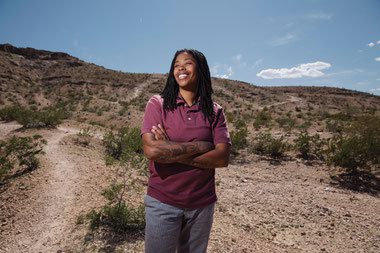
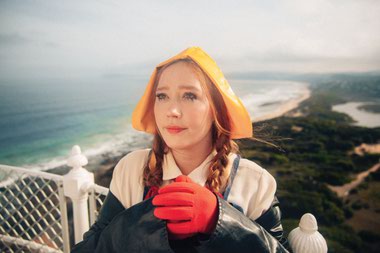
Previous Discussion: